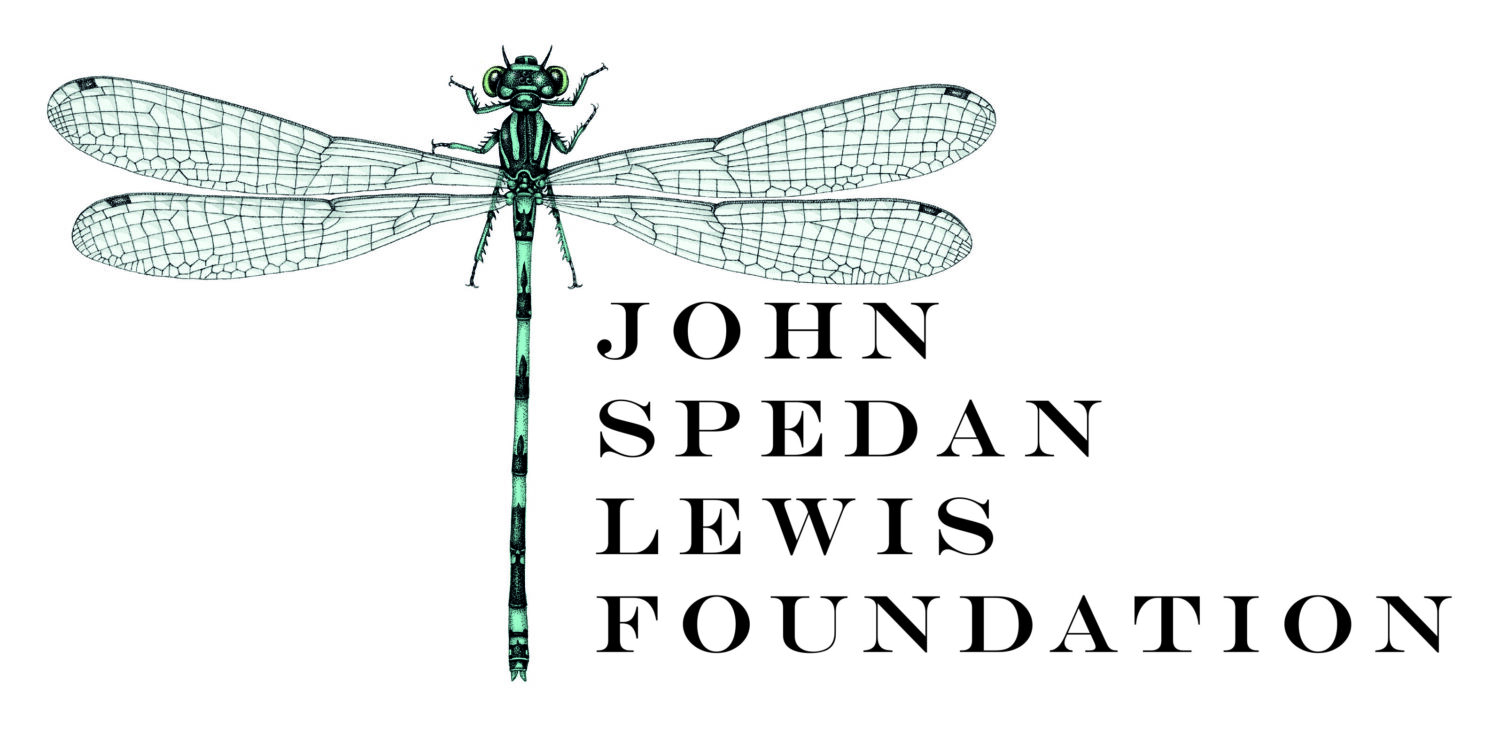Recently, young naturalists on NHSN’s Field Skills Programme, supported by the John Spedan Lewis Foundation, set out to explore plants and insects on Holy Island. Hear how they got on with participant, Ellie Davison.
I recently went on my second NHSN Field Skills trip. Botanist, James Common, took us up to Lindisfarne for a day looking at orchids. We certainly were blown away by the fantastic display that greeted us. Almost immediately off the causeway, there were more Common Spotted, Northern Marsh and Early Marsh-Orchids than you could shake a stick at, protruding proudly from a vibrant sea of violets, Bird’s-foot-trefoil, eyebright, Common Milkwort and Yellow-rattle. There were some wonderful colour variations of the northern marsh including a red form and a wonderful coral, and many instances of hybridisation between the Common Spotted and Northern Marsh-Orchids.
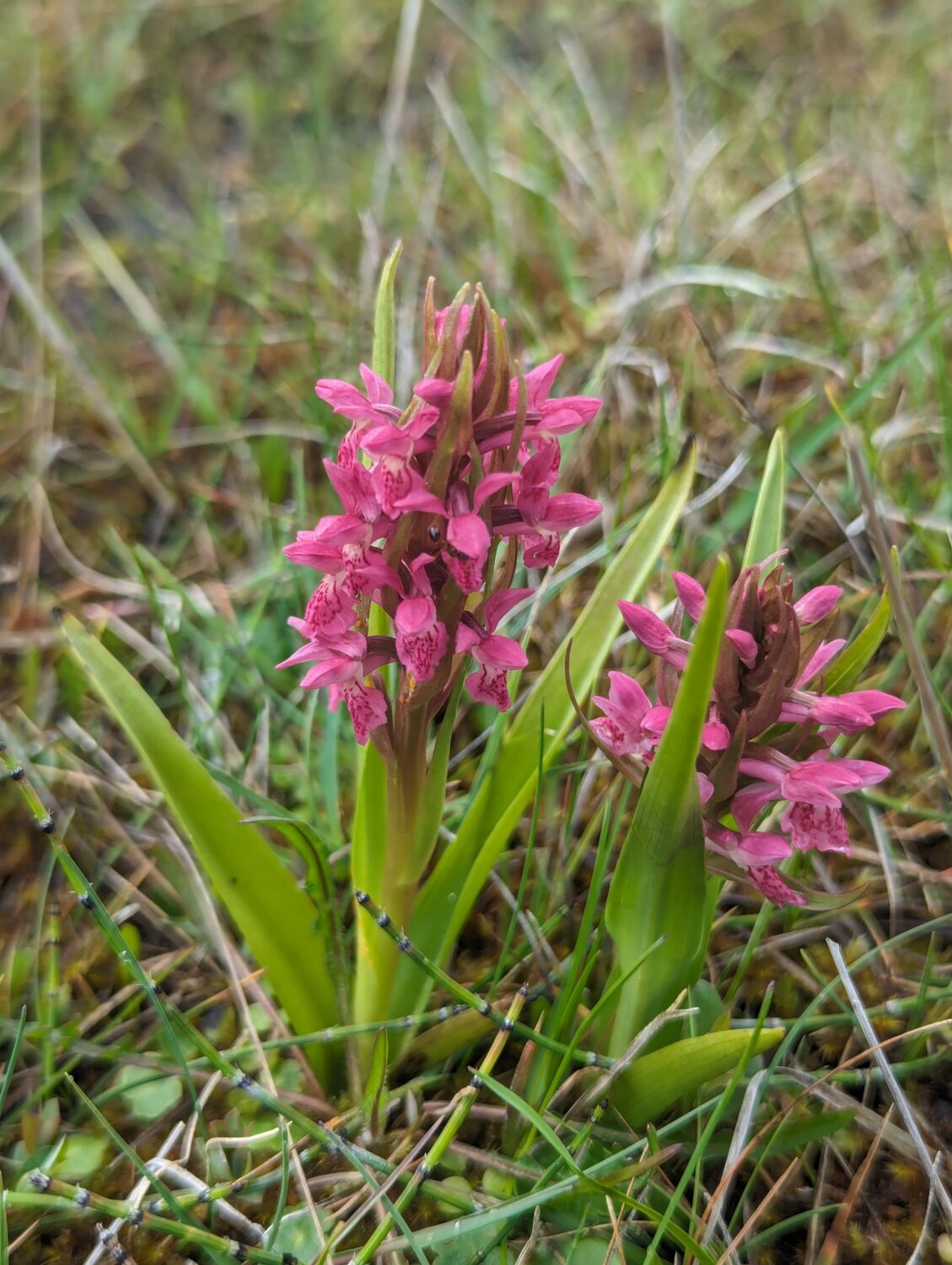
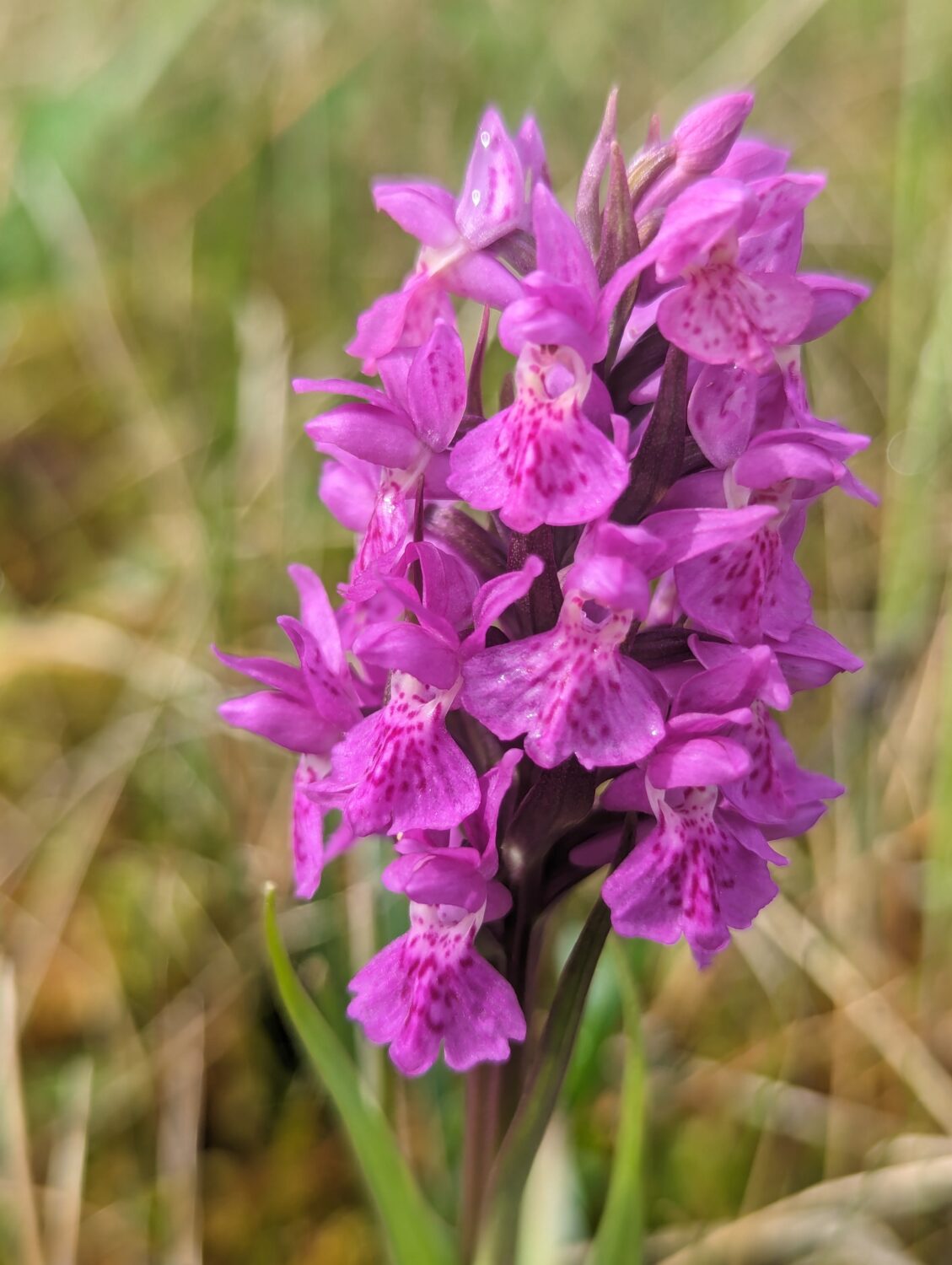
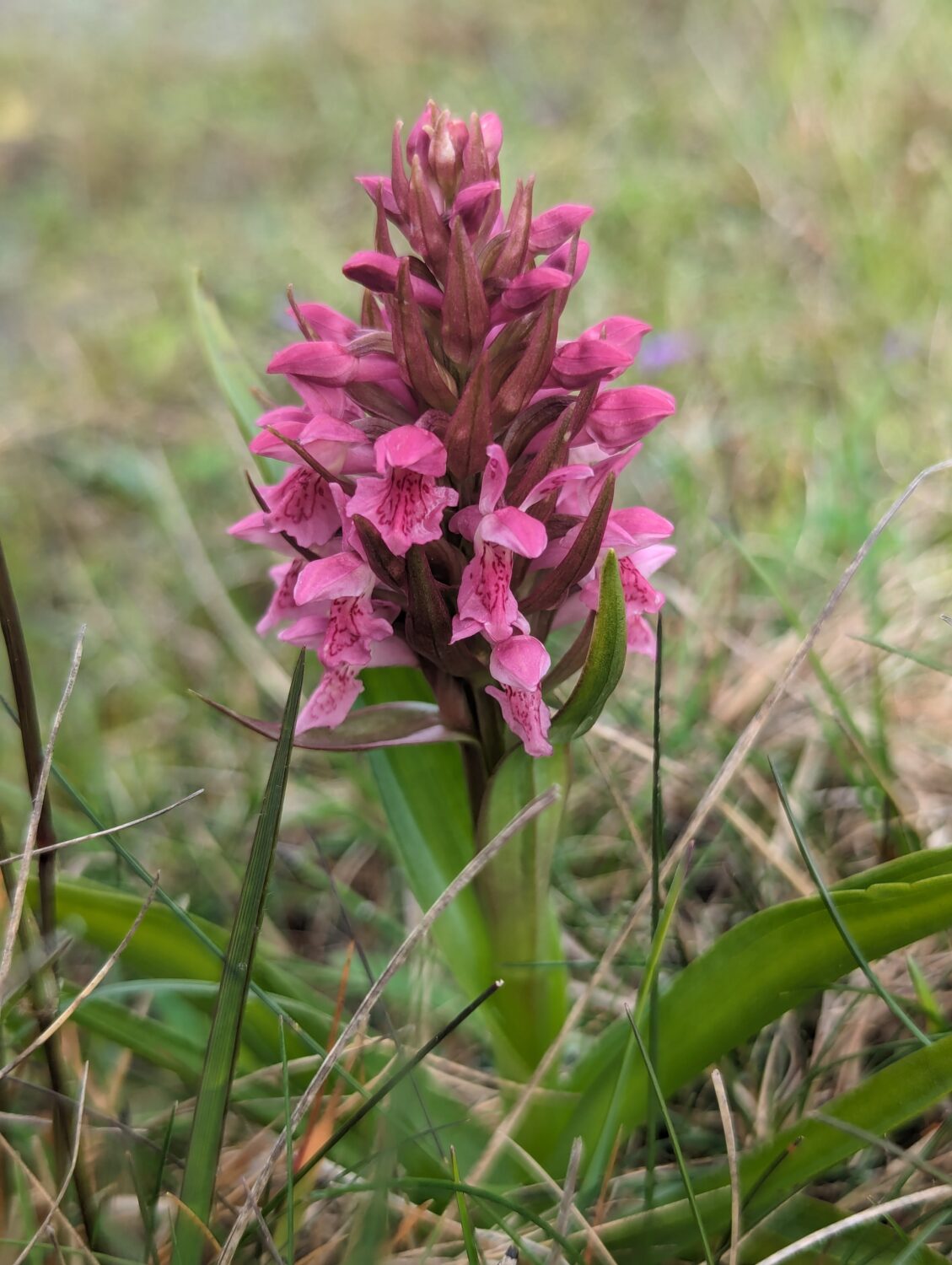
My personal star of the orchid show was the Lindisfarne Helleborine. This modest but beautiful orchid can only be found on Lindisfarne (hence the name). It was at one point thought to be a unique endemic species, but since its discovery in 1958 it has gone through several taxonomic reclassifications and is currently considered to be a subspecies of Epipactis dunesis, but with modern DNA sequencing techniques who knows if this may change again in the future. Nevertheless, what a fantastic find and one to tick off the rare plants’ must-see list. The orchid wasn’t quite in flower during our visit, which I think warrants a second visit in the next few weeks to see her in all her glory!
While the rest of us were getting excited about the beautiful flowers, our guide James was beaming ear to ear upon discovering a patch of a tiny grass poking out from the Mouse-ear Hawkweed and Kidney-vetch, known as Sand Cat’s-tail. I admittedly would have initially overlooked this unassuming little plant – never again! This grey dune specialist looks like a tiny version of Meadow Foxtail, never growing much more than 20cm tall. Another fantastic find was a patch filled with Butterwort, a carnivorous plant that catches insects in a sticky fluid it exudes from its leaves. This is the first time I had seen its pretty little purple flower, so I was very excited! Further on towards North Shore, James showed us several embryo dune specialists; Frosted Orache, Grass-leaved Orache and Spear-leaved Orache. It was great to see these pioneer plants growing so close together. Their range appeared to be expanding further towards the shore. If so, they would be stabilising more sand and facilitating an expansion of the dune system, a refreshing change from the typical story of coastal erosion.
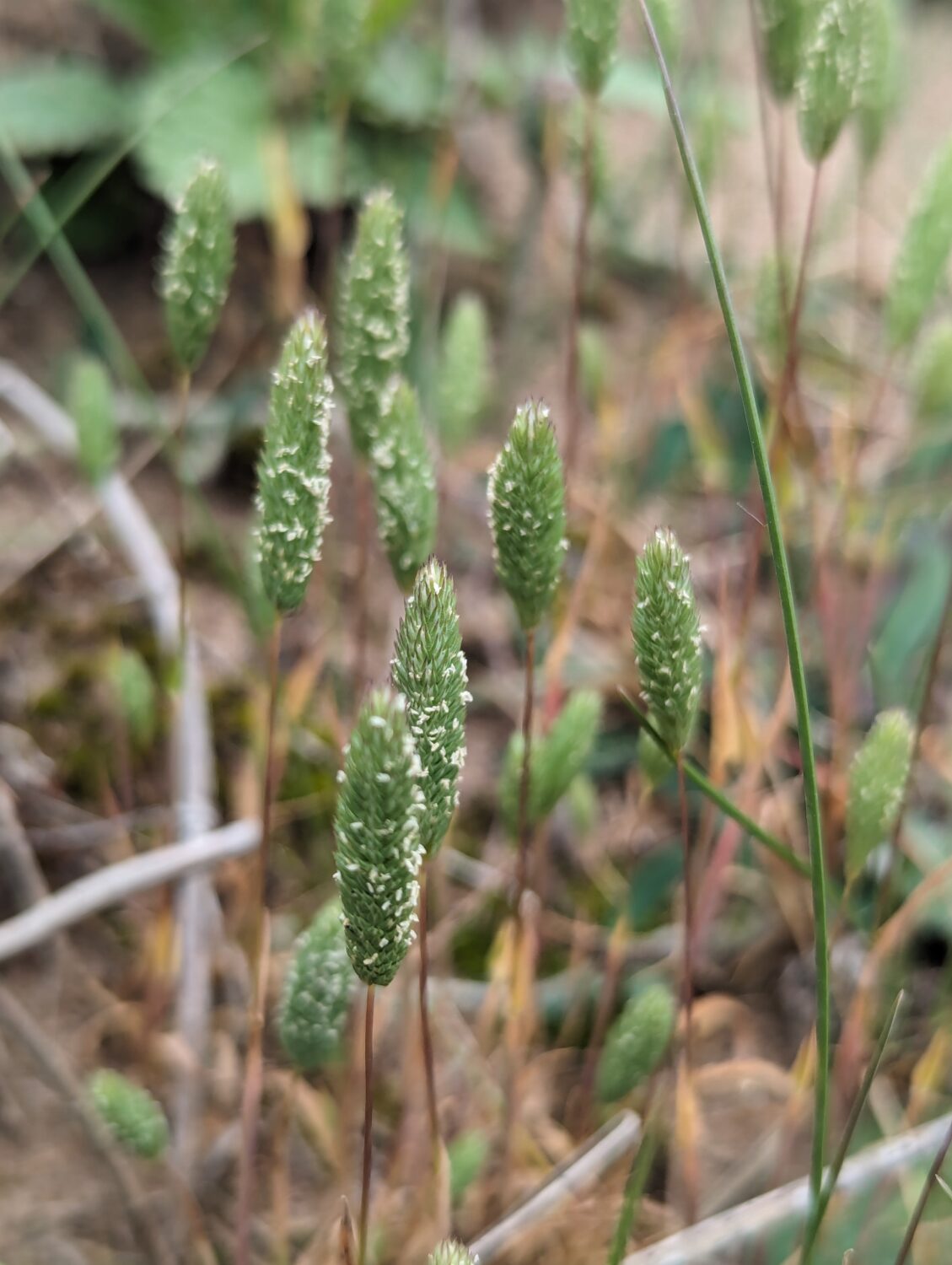
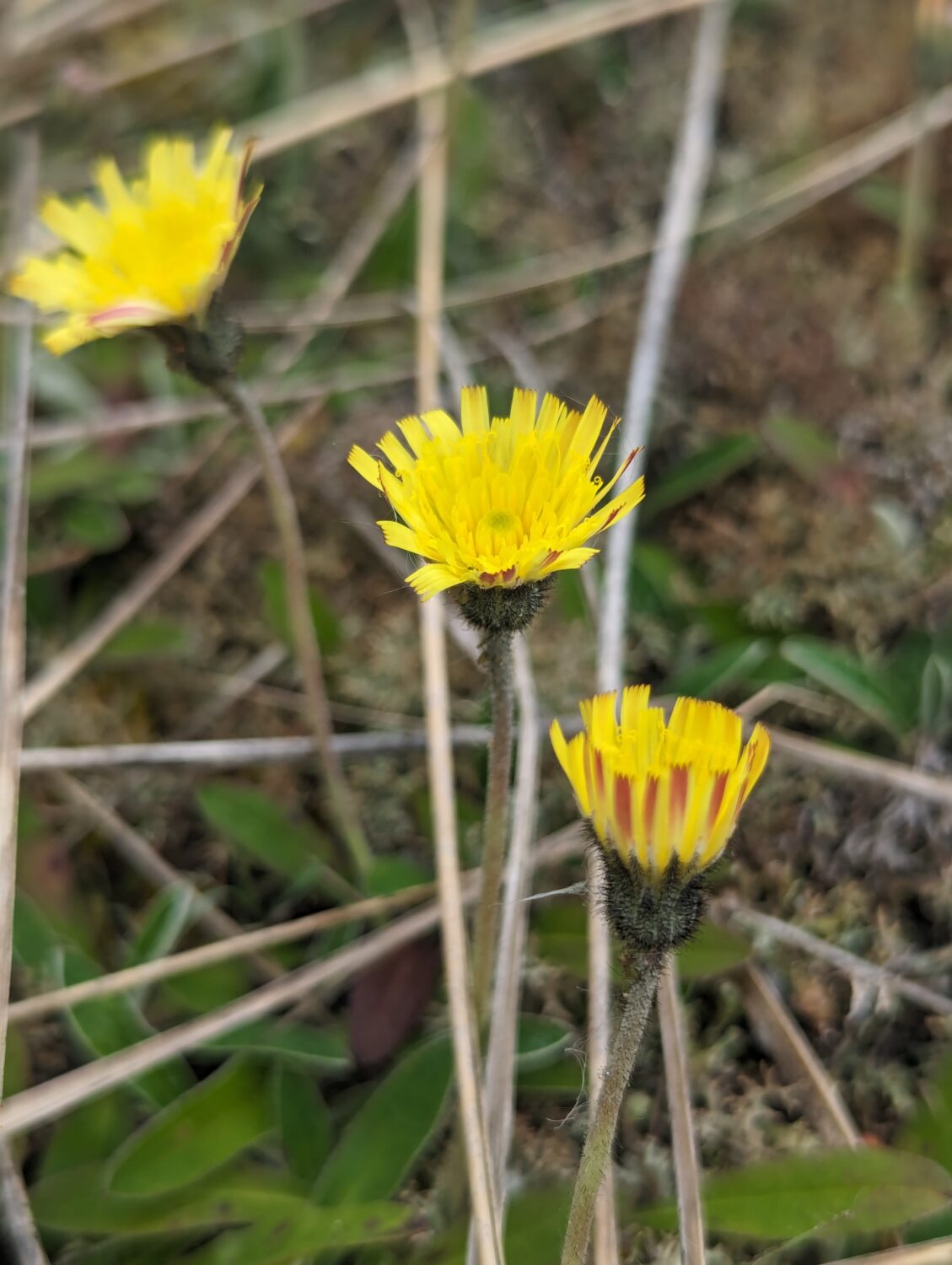
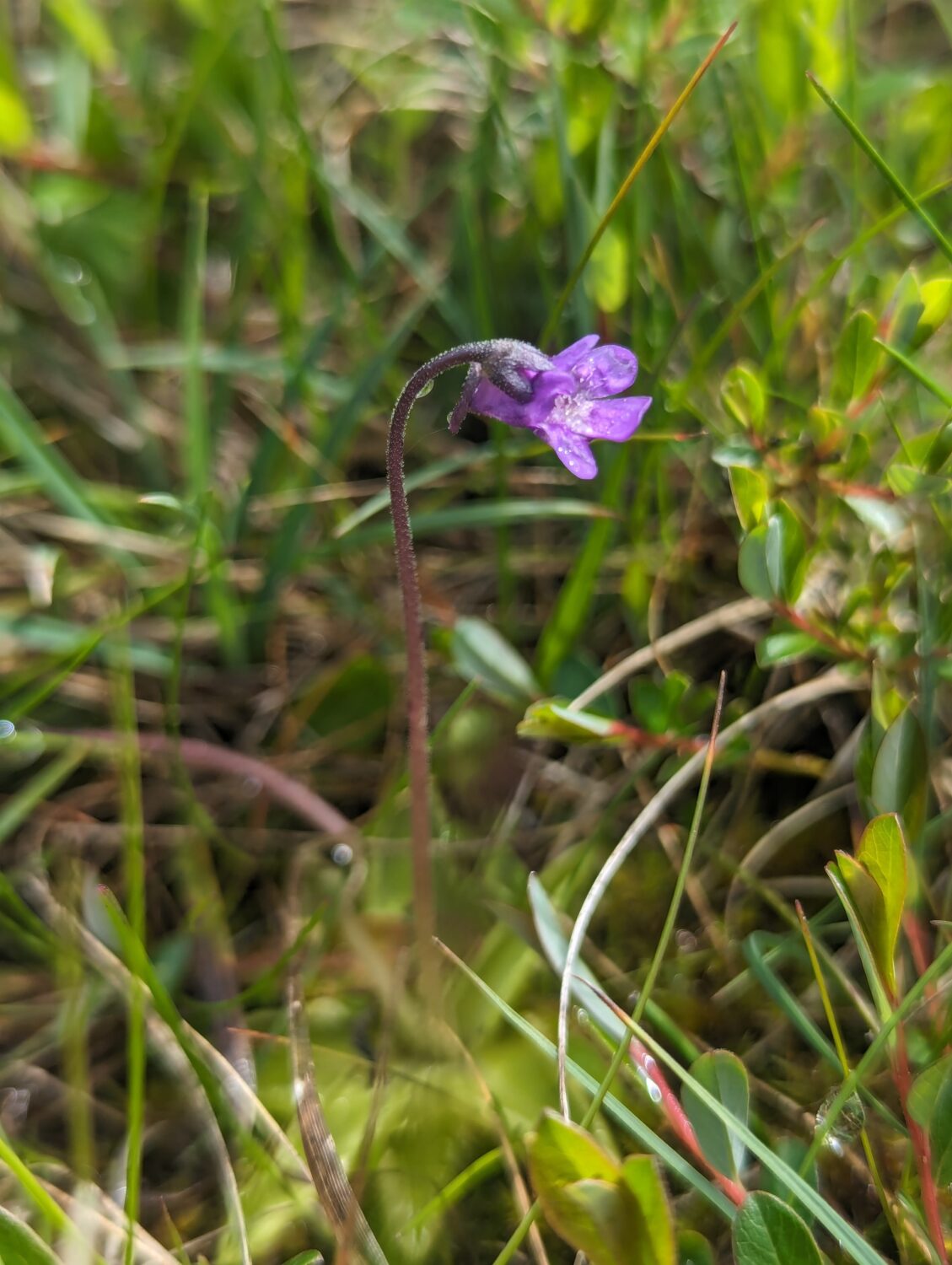
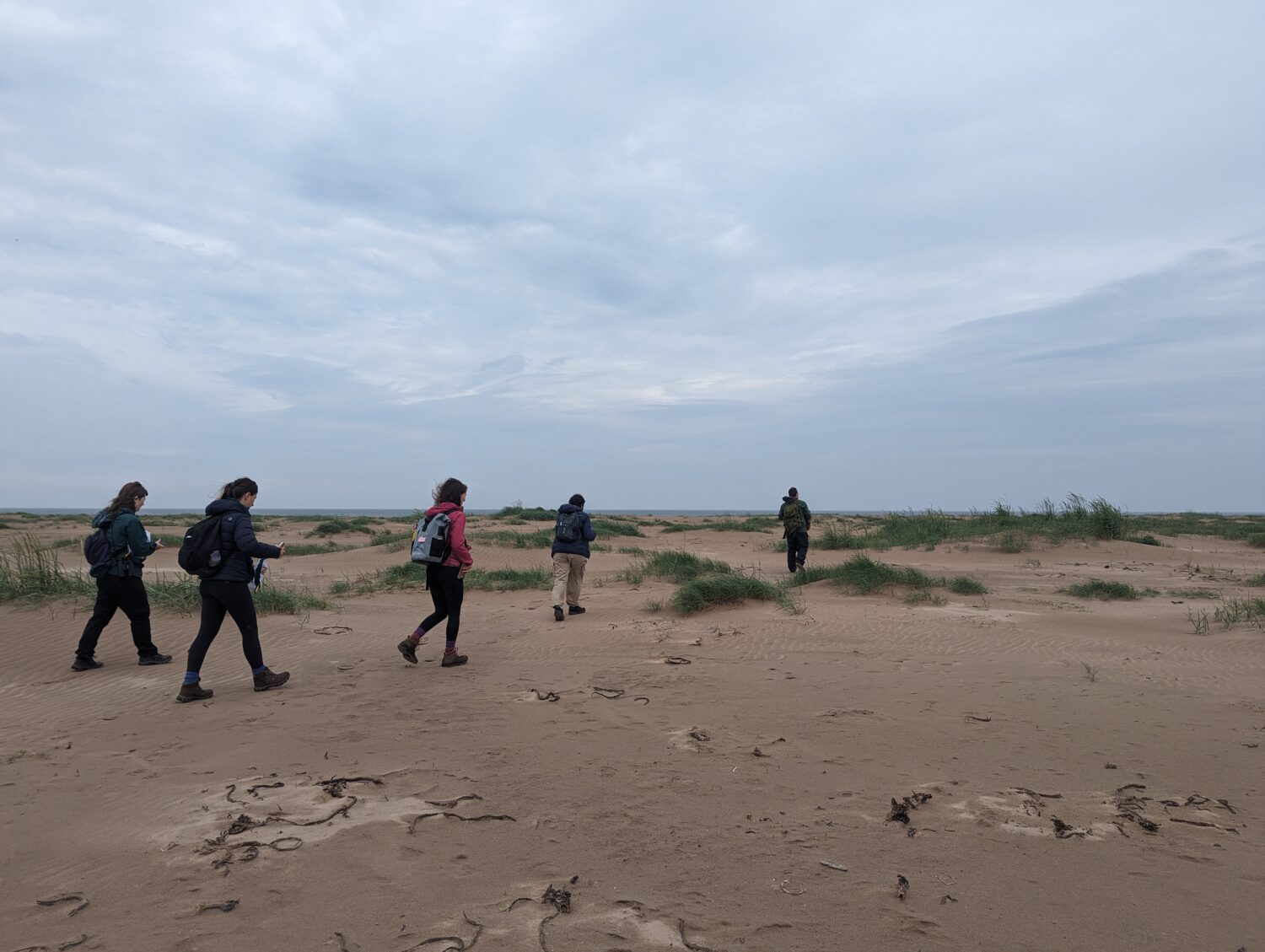
Of course, in a group of super enthusiastic naturalists with a wide range of specialities, you can’t just focus on one thing! Louise Hislop was a fountain of knowledge identifying all sorts of bumble and carder bees for us, including several sizable female Buff-tail bumblebee queens foraging and searching for nesting sites, and even a female wolf spider carrying her egg sac. There were several birders in the group, and so we all enjoyed the sound of the Skylarks and watching the Dunlins, Stonechats, Reed Buntings, House Martins, Swifts and Swallows. We even got a brief glimpse of a female Hen Harrier which was a definite highlight.
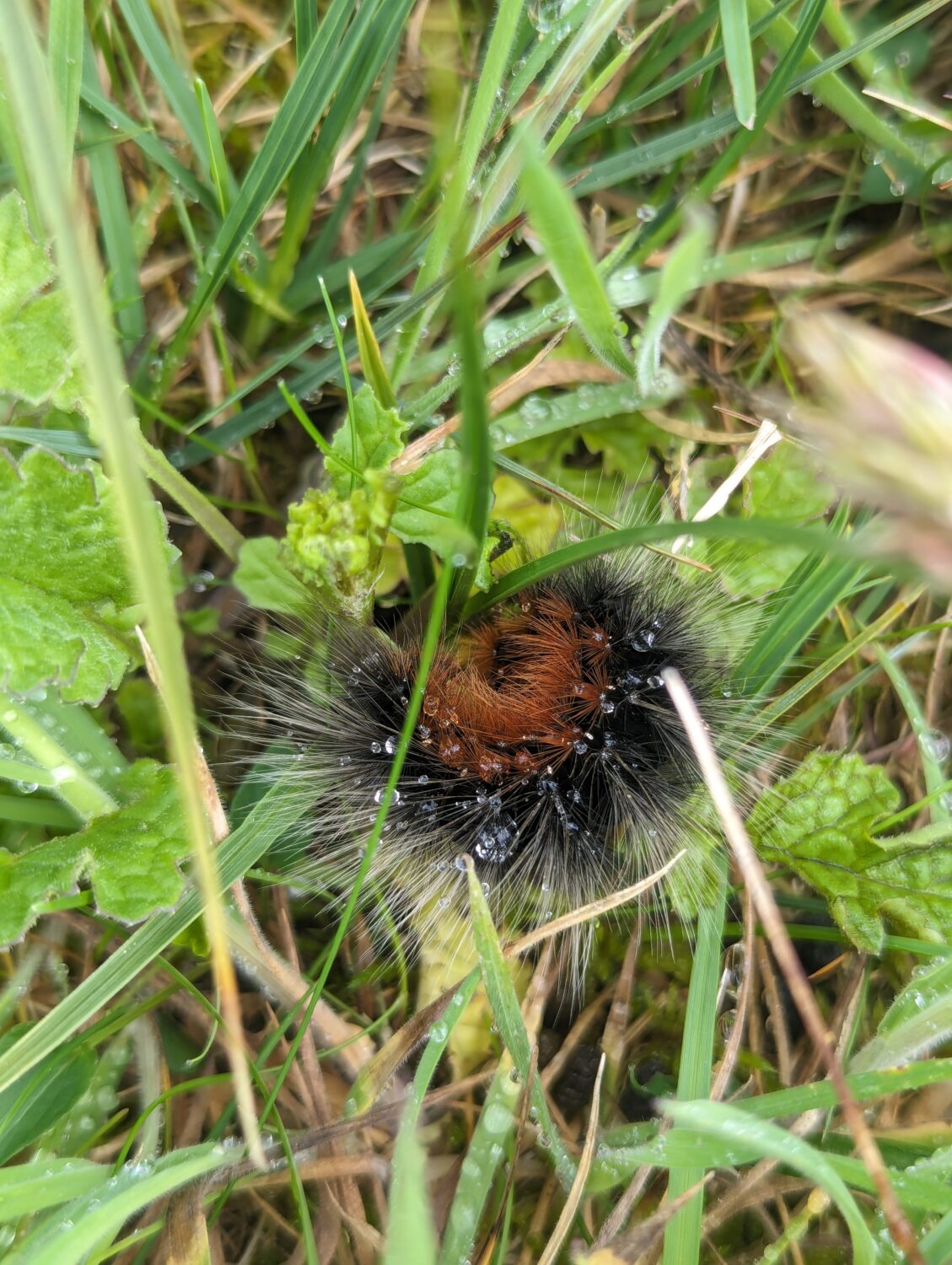
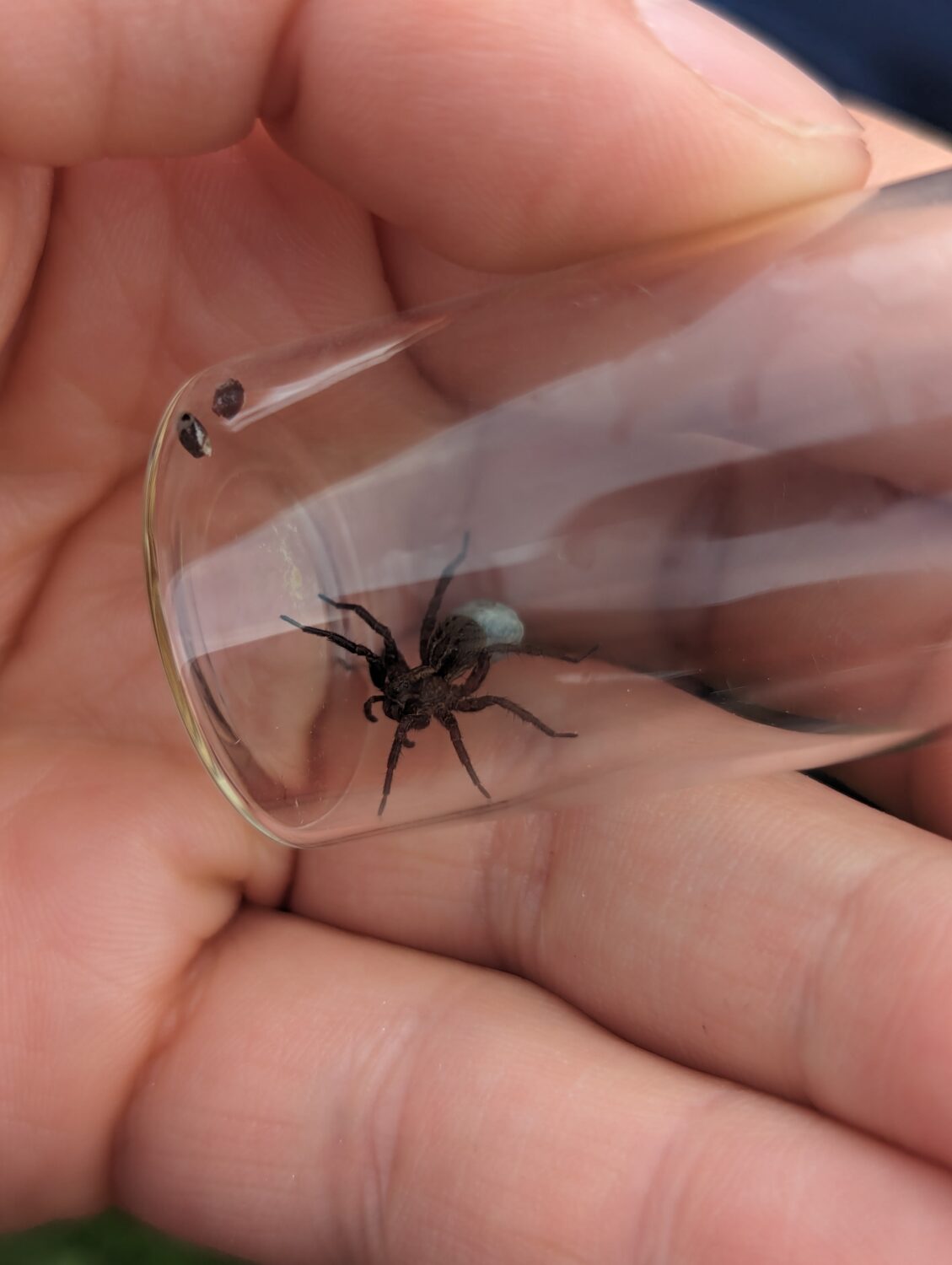
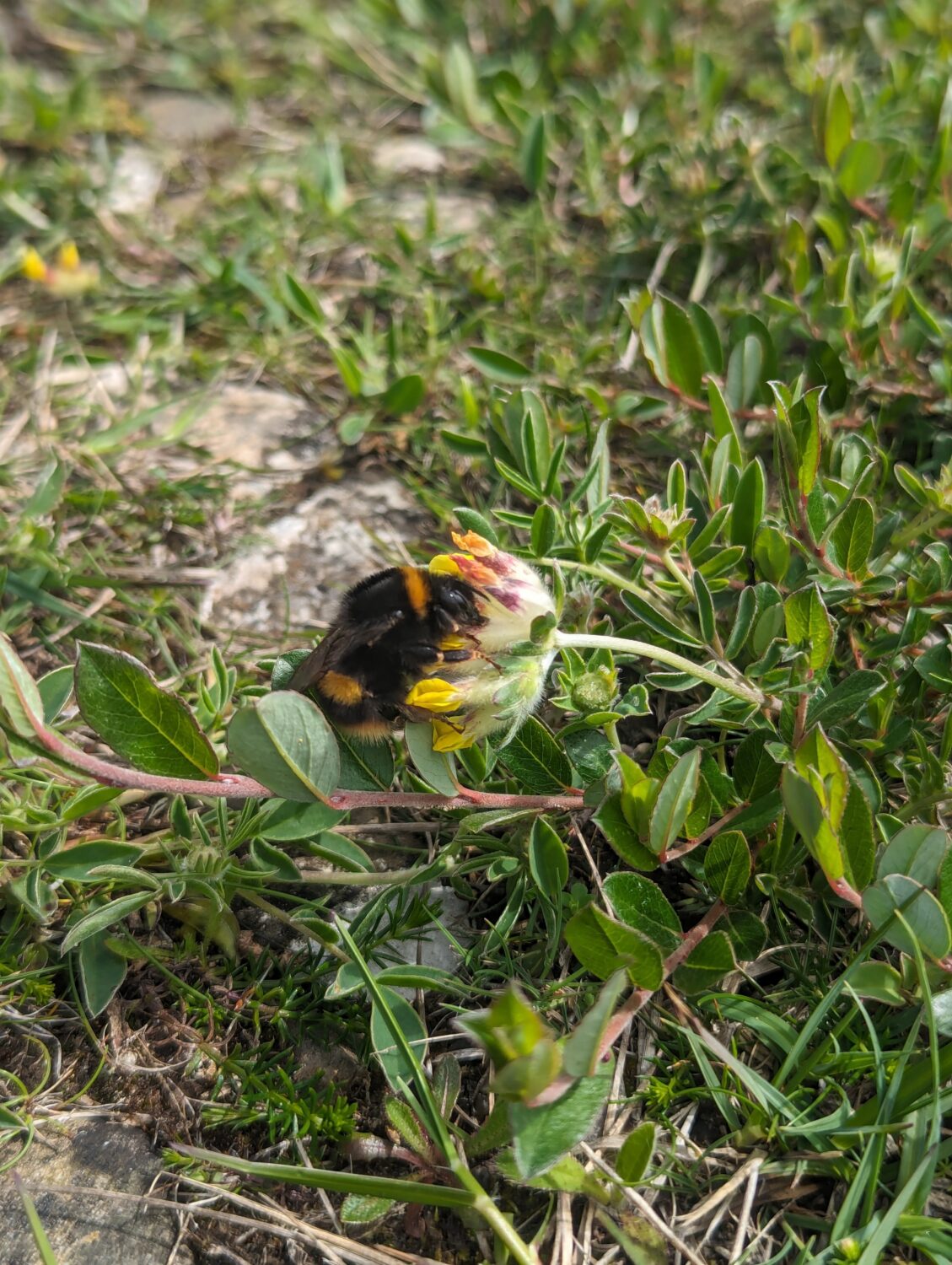
After several exciting hours, we started to head back to the van to beat the incoming tide. We couldn’t quite resist looking in some new areas of willow for more coralroot along the way. While the coralroot remained elusive here, we did stumble across a gorgeous bright red fungus, the Common Eyelash Fungus, so called because of its long dark eyelash-like hairs lining the edge of the disc-shaped body. What a find!
What a wonderful day at Lindisfarne surrounded by a lovely, knowledgeable bunch of naturalists. Thank you so much to James Common for leading such a great trip and teaching us so much about botany in such a short period, Louise Hislop for her entomology expertise, and the NHSN and the John Spedan Lewis Foundation for putting such a great programme together. Bring on the rest of the spring/summer!
